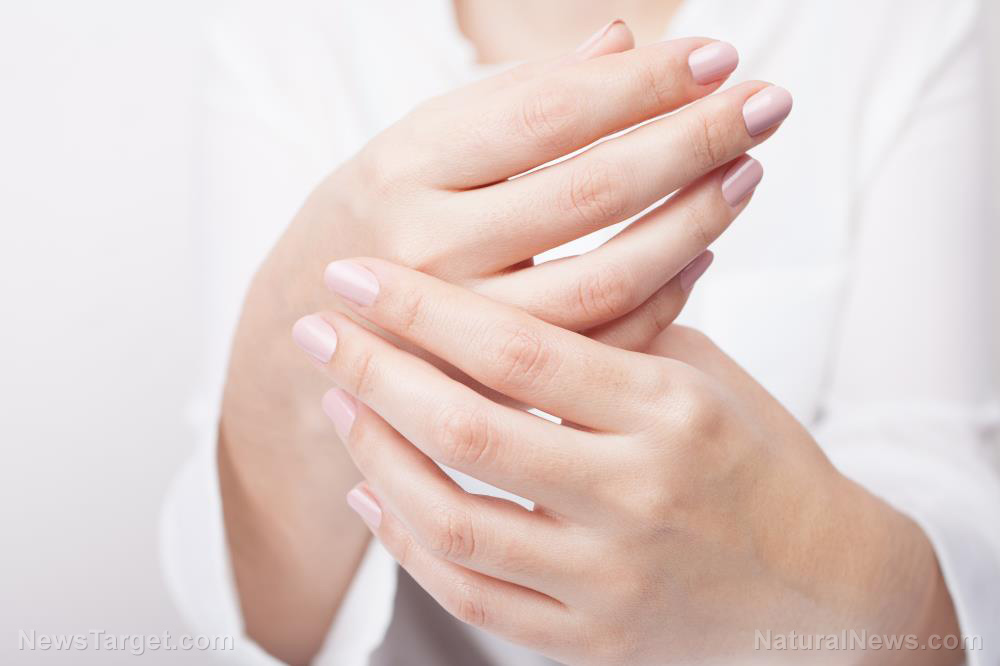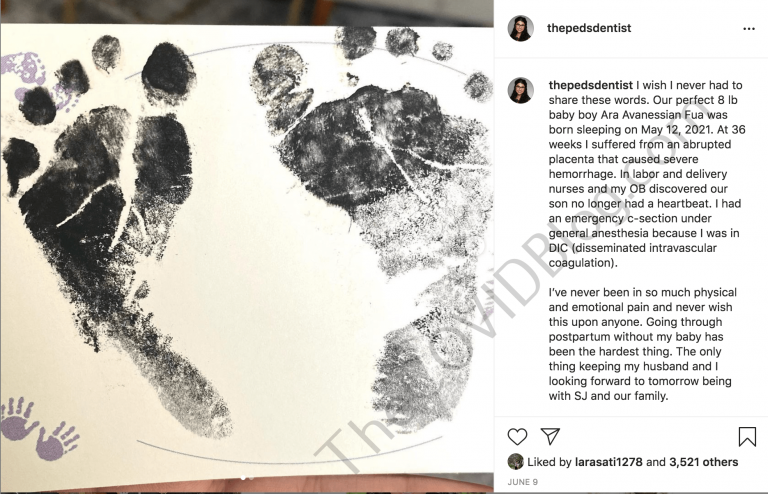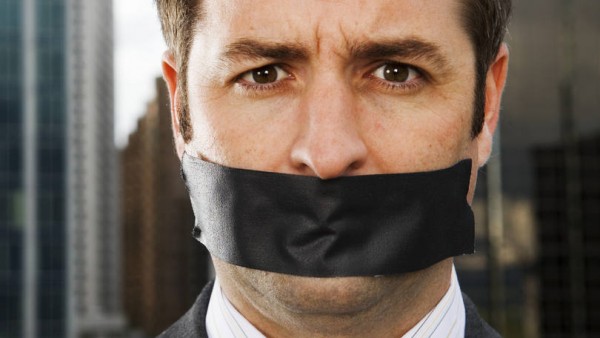Ouch! Why do paper cuts hurt so much?
08/10/2019 / By Zoey Sky

Paper cuts are minor injuries that cause so much pain. But why are they more terrifying than accidentally cutting your finger with a very sharp knife? According to some experts, it’s because of the pain receptors in your hands.
Paper cuts and pain receptors
Dr. Hayley Goldbach, a resident dermatologist at UCLA Health, shared that paper cuts seem more painful compared to other types of injuries because they mostly happen on your fingers.
She added that while humans have nerve endings all over the body, areas with refined movement and sensation, such as your lips or the tips of your fingers, have a high density of nerve endings. These nerve endings (or nociceptors) send signals to your brain about various things that can cause a break in your skin, like extremely hot or cold temperatures or chemicals.
Nociceptors are found throughout the body: in your bones, internal organs, joints, muscles, and skin. These pain receptors are crucial to how you feel and react to pain.
A nociceptor’s major function is to respond to damage to the body by sending signals to your spinal cord and the brain. These complex pain signals send information about the location and intensity of the painful stimuli. This allows the human brain to fully process the pain then send communication back to block further pain signals.
Why do paper cuts hurt so much?
When you get a paper cut elsewhere on the body, like your back, it won’t hurt as much as a paper cut on a finger because the former has a lower density of nerve endings compared to the latter.
Paper cuts also cause so much pain because you rely on your hands for various daily tasks. The constant pressure on the cut delays the healing process.

The paper itself is one reason why these tiny cuts cause a lot of pain. Paper may seem smooth but if you look at it under a microscope, you will see it has jagged edges. The serrated edge of a single sheet of paper can slice your skin before you even realize it and leave a jagged cut.
Since paper is made from cotton, wood pulp, and other fibers, inflammatory material can be left behind in the cut, which can make it hurt more. (Related: How to make a healing essential oil remedy for minor cuts and scrapes.)
Paper cuts and the element of surprise
Paper cuts are often shallow, making them even more annoying compared with deeper wounds. When you have a deep cut, your blood clots to stop the bleeding. The clot then forms a scab to protect the wound.
However, paper creates cuts that are deep enough to activate nociceptors but not deep enough to trigger the clotting mechanism. This means it takes longer for new skin to replace the dead cells in your cut.
There are also emotional and mental elements that make paper cuts hurt more than other kinds of injuries. The psychological element of surprise doesn’t give you enough time to withdraw your hand. Other injuries involve pressure, which gives you a chance to react.
For instance, you handle knives and razors carefully because these things are sharp and you know you can get hurt if you don’t use them properly. When you do get cut, it doesn’t seem as surprising because the danger is very real to you.
On the other hand, paper seems harmless. You don’t expect to get injured while handling a stack of documents, so the moment you get a paper cut, the pain seems intense.
How to care for a paper cut
If you get a paper cut, wash it with running water and soap then put a Band-Aid on it. It’s important to keep any wound clean, and the bandage will help prevent the cut from reopening. Wounds are kept moist under a bandage, and this makes paper cuts less painful. The moisture also promotes faster wound healing.
While paper cuts don’t have high rates of infection, Goldbach warned that paper cuts should also be monitored for signs of infection. You may need immediate medical attention if a paper cut looks red, if there’s drainage, or if it looks contaminated or infected.
Sources include:
Submit a correction >>
Tagged Under:
cuts, infection, inflammation, injuries, minor injuries, nerve endings, nerves, nociceptors, pain, pain receptors, paper cuts, psychological, research, science, sensation, shallow wounds, studies, women's health, wounds
This article may contain statements that reflect the opinion of the author





















